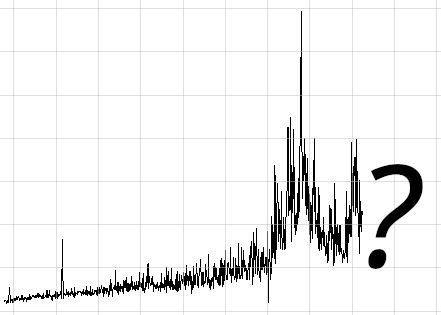Opportunities
Predictive Metering for Dynamic Camera Sensitivity in Fireball Observation

This project will focus on advancing the real-time camera control systems used by the Desert Fireball Network. The current prototype dynamically adjusts camera sensitivity (gain and exposure) during a fireball's bright flight; this research will explore predictive control algorithms, such as a Kalman filter, to create a more robust and intelligent control mechanism. The project will involve utilizing the existing archive of fireball light curve data to develop, implement, and test suitable algorithms. The ultimate goal is to optimize the camera's response to rapid changes in brightness, thereby improving the quality of both photometric and astrometric data captured throughout the entirety of an event.
Background preferred: computing.Main supervisor: Dale Giancono
Background on the research environment
Planetary science involves the study of solar system formation and evolution, the geology of planets and their atmospheres, asteroid impacts and dynamics.
Fundamentally, it is the study of how a nebula of dust and gas can evolve to a planetary system, and generate planets capable of supporting life. It pulls together multiple fields, pure and applied, including engineering.
Curtin University has the largest planetary science research program in Australia, and is looking to expand this vibrant and diverse team with new PhD students.
The Desert Fireball Network straddles between the school of Earth and Planetary Science and the International Centre for Radio Astronomy Research, bridging the gap between geosciences and astronomy.
The Desert Fireball Network (DFN) has 50 autonomous stations across Australia. It has been observing ~2.5 million km2 of Australian skies since 2015. It provides a spatial context for meteorites – we can track a rock back to where it originated in the solar system, and forward to where it lands, for recovery by a field party. The database of >1400 meteoroid orbits is larger than the combined literature dataset for >70 years of observation, providing a unique window into the distribution of debris in the inner solar system. With 14 international partners, and facilitated by NASA, the project has recently expanded to a global facility. The Global Fireball Observatory (GFO) will cover x5 the observing area of the DFN, able to track debris entering our atmosphere 24 hours a day. These networks informed the development of a satellite tracking network – FireOPAL – with Lockheed Martin. Although designed for satellite observations, FireOPAL also happens to be a world-class astronomical transient observatory. The DFN, GFO, and FireOPAL are helping us answer fundamental questions in planetary science and astronomy. If you would like to be part of this team, and work with colleagues in universities around the world, at NASA, and in industry, read on.
